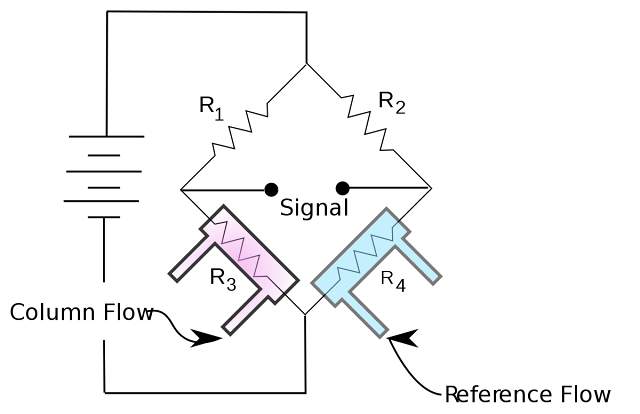Ethanol Production
Distillation
is the purification of gases or liquids by taking advantage of their boiling
point
differences.
Ethanol and water have a fairly large difference in boiling point, but only up
to a
certain
concentration. At 1 atmosphere and about 95 volume % ethanol, the boiling point
of
this
mixture has a boiling point less than either of the pure components and is
known to be a
minimum
boiling azeotrope.
The
earliest known distillation was between ethanol and water. For millennia, man
has made spirits, or "strong drink", from the fermentation of various
sugars and starches. These early distillations were typically a single stage,
or more simply a pot boiling and a condenser to capture the vapors. This single
stage would yield an alcohol content of 40 volume % ethanol (or 80 proof),
hence your typical whiskey or brandy. If done twice you can improve the ethanol
content further to 70 volume % ethanol, which is your typical cognac before
aging.
For
fuels ethanol we need an alcohol that has no water. Therefore we distill
fermentation products with many stages. However, nature does not allow us to
get past the 95 volume % azeotrope by distillation no matter how many stages we
might have. The rectifier in a fuels ethanol plant is the tower that enables us
to produce the azeotropic ethanol product (sometimes referred to as the 190
proof product). This 190 proof product typically has the remaining water
removed by molecular sieve.
A
typical modern ethanol plant has three main towers in its distillation system.
These include a beer mash tower, the rectifier and a side stripper (sometimes
called the water column). The beer mash tower takes feed directly from the
fermenters complete with all the solids, proteins, remaining starches and other
assorted "cats and dogs." This tower removes all the solids and other
potentially fouling agents along with a majority of the water(1) . This tower
will typically contain 22 trays. The rectifier takes the overhead vapor from
the beer mash tower and concentrates the ethanol up to 190 proof which is the
azeotrope. The rectifier also removes small amounts of some middle boilers such
as propanol and heavier alcohols along with some aldehydes in a side stream a
few trays from the bottom of the tower. These heavier alcohols are typically
called fusels and need to be withdrawn or they can contaminate the ethanol or
the water withdrawn from the system. The rectifier typically has 25 to 30
trays. The side stripper is basically a beer tower minus the solids. It takes
the water from the bottom of the rectifier and, with about 16 trays, strips out
any remaining ethanol. Figure 1 shows a schematic of a typical fuels ethanol
distillation unit.





Comments
Post a Comment